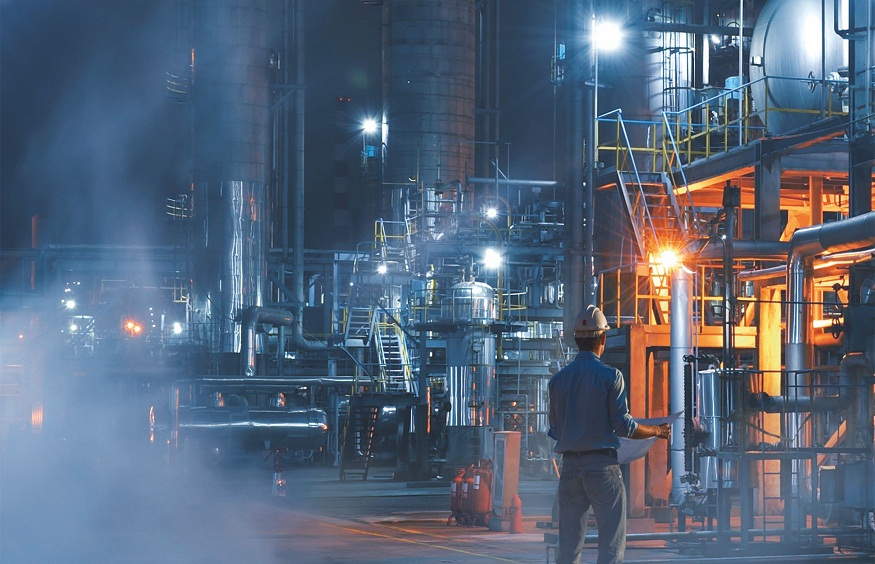Many industries, such as manufacturing, mining, chemicals, oil and gas, and pharmaceuticals, use hazardous materials. These sectors may pose significant hazards to both human safety and property. These materials, which often include flammable gases, vapors, and combustible dust, can create explosive or incendiary atmospheres.
Even little sparks or excessive heat from machines can cause fires or explode if proper safety precautions are not taken. To reduce these dangers, hazardous area environment- I.Safe is required. This specialized equipment can function safely in hazardous environments due to its particular design and certification, ensuring that operations can proceed without igniting an explosive environment.
This article discusses everything you need to know about hazardous area equipment. Let’s get started!
Understanding hazardous areas and the risks they pose
Hazardous areas are places with flammable gases, vapors, dust, or fibers that pose a fire or explosion risk. These can occur in various industrial settings, including oil and gas platforms, chemical manufacturing plants, mining operations, and pharmaceutical and food processing facilities.
Inflammation in hazardous environments can lead to fires, explosions, and static electricity, necessitating equipment that doesn’t act as an ignition source.
The role of hazardous area equipment
Hazardous area equipment prevents ignition in explosive environments by controlling ignition sources, limiting temperature, and maintaining integrity under harsh conditions. It is designed to withstand internal faults, limit temperature, and endure high pressure, extreme temperatures, and chemical corrosive effects to prevent spontaneous ignition and ensure safe operation.
In a nutshell, hazardous area equipment is designed to prevent ignition sources in explosive zones, ensuring safety and preventing fires or explosions even in worst-case scenarios.
Types of hazardous area equipment
Hazardous area equipment is designed to meet specific environmental needs. Common types include:
- Explosion-proof enclosures,
- Intrinsically safe equipment,
- Flameproof equipment,
- Pressed or pressurized equipment
- Increased safety
Explosion-proof enclosures prevent internal explosions from spreading, intrinsically safe equipment operates at lower energies, flameproof equipment contains internal ignition, and pressed or pressurized equipment maintains higher pressure using inert gases. Increased safety equipment includes additional safeguards to minimize sparks or overheating, reducing the likelihood of hazardous events.
Applications of hazardous area equipment
Oil and gas: Offshore platforms and refineries where explosive gases and vapors are common.
Chemical manufacturing: Facilities where flammable chemicals or volatile solvents are processed.
Mining: Underground or surface mining operations where dust and gas can create explosive environments.
Pharmaceuticals: Facilities dealing with flammable materials or solvents used to produce drugs.
Certifications and standards
To guarantee environmental safety, equipment used in dangerous areas must adhere to certain standards and certifications. Typical standards consist of:
- The European Union’s ATEX (Atmosphères Explosibles) directive specifies the specifications for equipment used in explosive environments.
- The International Electrotechnical Commission, or IECEx, is a widely accepted certification procedure for explosive atmosphere equipment.
- Underwriters Laboratories (UL): A U.S. safety standard certification for electrical equipment in dangerous areas.
Effects of ignoring hazardous area equipment
Equipment failure can lead to workplace injuries or death, resulting in significant legal costs. Explosions can also cause damage to a company’s reputation, property, and cause production losses, resulting in costly repairs. Investing in certified hazardous area equipment can prevent these disasters, ensuring long-term safety and operational stability.
Wrapping it up
Hazardous area equipment is crucial in industries with explosive or flammable substances. They can reduce ignition risk, ensure safety, protect workers, and prevent environmental disasters & costly accidents.

